Sustainable Raw Material: The Key to the Green Revolution in Global Fashion
The global fashion industry is undergoing a green revolution, and sustainable raw materials are at its core. With increasing consumer awareness and demand for eco-friendly practices, fashion brands are embracing sustainability to reduce environmental impact and align with ethical standards. At Trade Wise Sourcing Ltd., we recognize the pivotal role of sustainable raw materials in transforming the industry for a greener future.
Why Sustainable Raw Materials Matter
1. Reducing Environmental Impact
Traditional raw materials like conventional cotton and synthetic fibers often involve harmful processes that pollute water, emit greenhouse gases, and deplete resources. By switching to sustainable alternatives, brands can significantly reduce their ecological footprint.
2. Consumer Demand for Transparency
Modern consumers prefer brands that prioritize ethical sourcing and environmental stewardship. Sustainable materials like organic cotton, recycled polyester, and hemp resonate with this growing demand, fostering loyalty and trust.
3. Aligning with Global Sustainability Goals
Many governments and organizations are enforcing sustainability regulations. By using eco-friendly materials, fashion brands can meet compliance standards and contribute to global initiatives like the United Nations’ Sustainable Development Goals (SDGs).
Popular Sustainable Raw Materials for the Fashion Industry
1. Organic Cotton
Grown without harmful chemicals, organic cotton uses less water and energy compared to conventional cotton, making it a top choice for eco-conscious brands.
2. Recycled Polyester
Made from post-consumer plastic waste, recycled polyester reduces the need for virgin petroleum-based materials and addresses the plastic waste crisis.
3. Hemp
A versatile and biodegradable material, hemp requires minimal water and pesticides, making it an excellent alternative for sustainable fashion.
4. Tencel and Lyocell
Produced from sustainably sourced wood pulp, these materials are not only eco-friendly but also soft, durable, and biodegradable.
Trade Wise Sourcing Ltd.’s Commitment to Sustainability
At Trade Wise Sourcing Ltd., we are dedicated to supporting global fashion brands in their journey toward sustainability by providing ethically sourced, eco-friendly raw materials. Our partnerships with trusted suppliers ensure transparency, quality, and environmental responsibility in every step of the supply chain.
Our Sustainable Offerings:
- Eco-Friendly Fabrics: A wide range of organic and recycled materials.
- Ethical Manufacturing: Reducing waste and improving efficiency in production.
- Quality Assurance: Ensuring sustainable practices without compromising quality.
Benefits for Fashion Brands Adopting Sustainable Materials
Enhanced Brand Reputation
Adopting sustainable materials helps fashion brands build a positive reputation, gaining the trust of eco-conscious consumers.Cost Savings in the Long Run
While the initial investment in sustainable materials may be higher, they often lead to long-term cost savings through efficient use of resources and compliance benefits.Competitive Edge
Sustainability is no longer an option—it’s a necessity. Brands that prioritize sustainable raw materials gain a competitive advantage in the evolving fashion market.
Conclusion
The green revolution in global fashion relies heavily on the adoption of sustainable raw materials. By investing in eco-friendly practices, brands can reduce their environmental impact, meet consumer expectations, and secure a sustainable future. At Trade Wise Sourcing Ltd., we are proud to play a vital role in this transformation.
Partner with us to source sustainable raw materials that align with your brand’s commitment to the environment and ethical practices. Let’s shape the future of fashion—together.


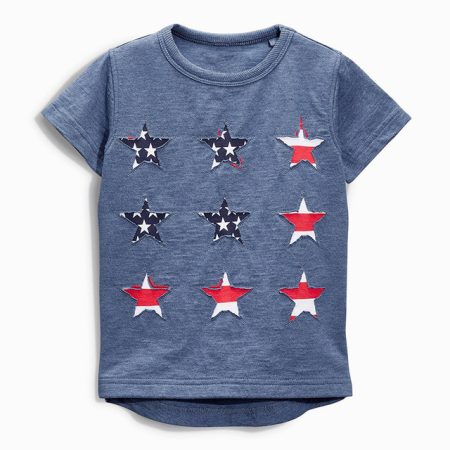
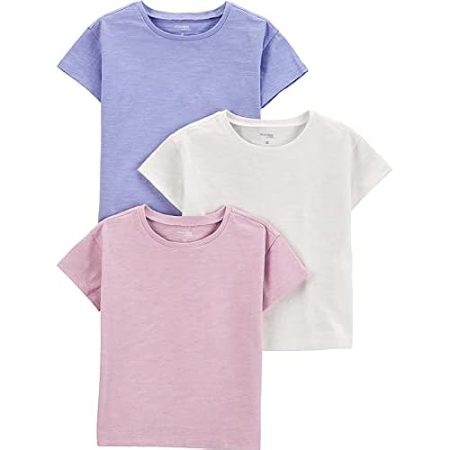


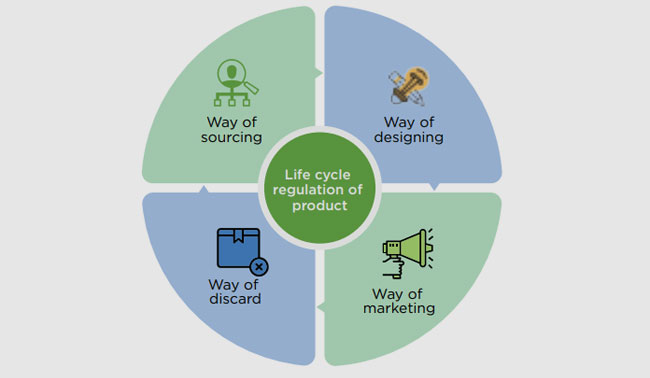

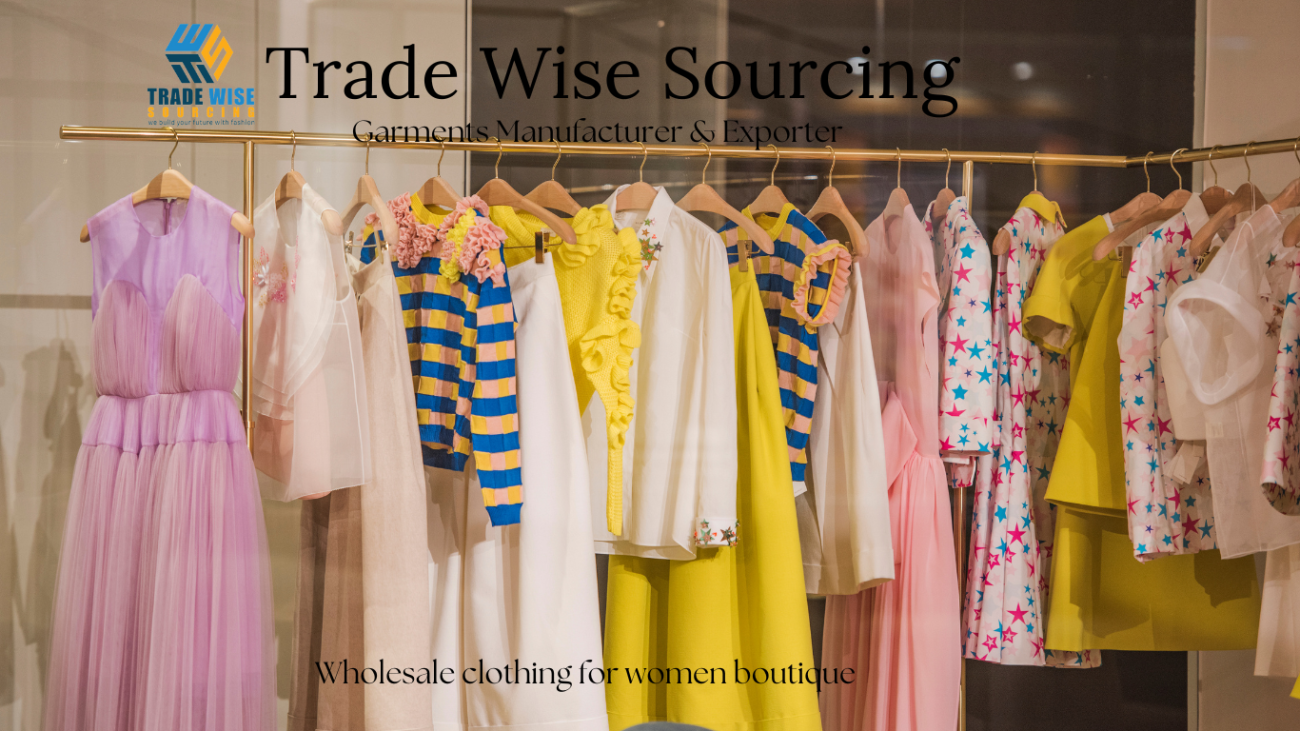


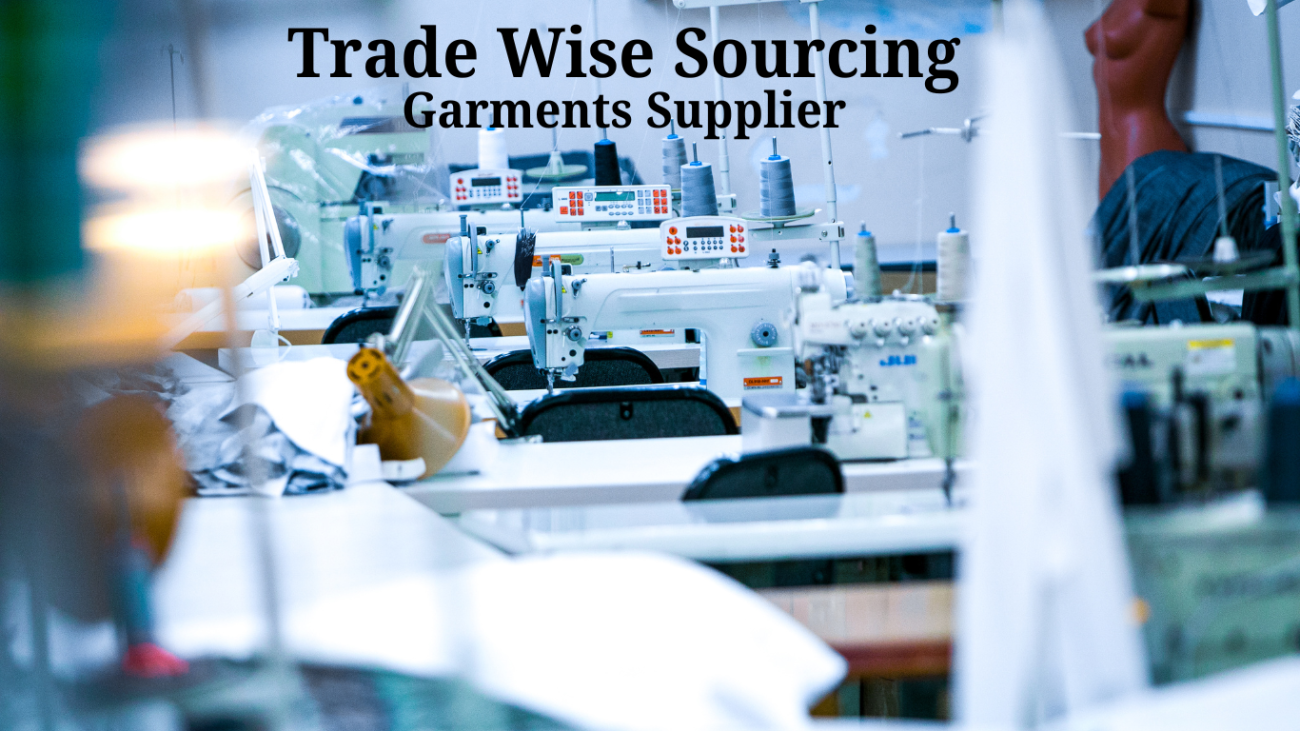
Leave a comment